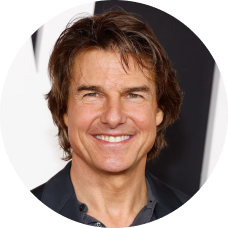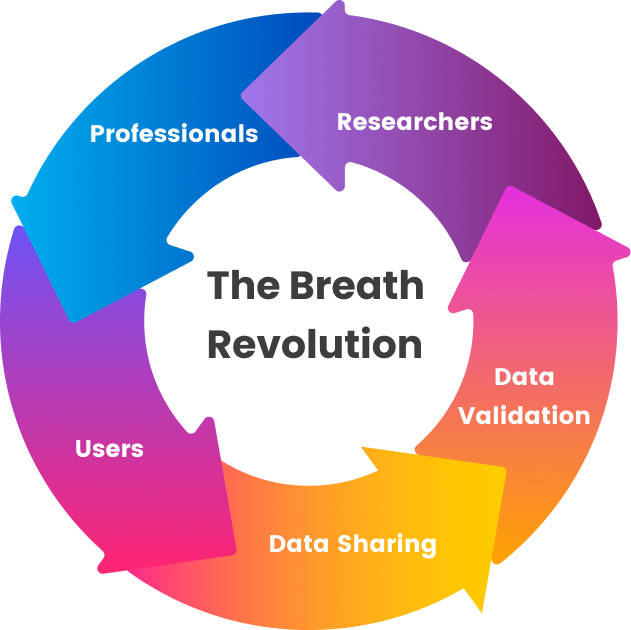When you think of breathing, you immediately think of words like meditation, yoga and mindfulness. But Breath, as a whole, is a spectrum with different tangents, not a one-dimensional space. Different breathing practices will surely tell you that!
So, with breath at their very center, both Breathwork and meditation act as preventive measures against physical, emotional or mental stress and anxiety, but the two are not the same. It’s important to understand the terms before we begin.

Breathwork involves practicing different types of breathing exercises or techniques in an intentional, active and systematic manner. Meditation, on the other hand, is all about increasing awareness about how you operate. The latter involves you observing your breath without manipulating the practice.
In other words, the key difference between breathwork and meditation is that the former involves different and specific sets of breathing techniques that need a lot of body and emotional energy. Meditation is more about practices that require mental focus.
Thus, aptly named, breathwork requires work. There are many types – Integrative Breathwork, Vivation Breathwork, Transformational Breathwork, Conscious Connected Breathing, Zen Yoga Breathwork and Holotropic Breathwork.
The Science of Breathwork and its Application
In recent times, Breathwork has emerged as a new alternative to meditation. So, what does Science say?

In the medical sciences, the debate continues on the identification of mechanisms that link breath control to its psychophysiological effects, but the science fraternity continues to do its trial and error as well as studying it in-depth:
Breathwork for Relaxation:
As per the scholarly publication, “A Practitioner’s Guide to Breathwork in Clinical Mental Health Counseling“, the benefit of breathwork in clinical mental health counseling lies in the autonomic nervous system (ANS) and in activation of the relaxation response (Alvares et ah, 2016; Kreibig, 2010).
In short, the report opined that Breathwork therapy offers practical methods for integrating physiological sensitivities in treatment to induce a relaxation response.
Breathwork for Depression and Anxiety:
Similarly, the scholarly review, “Breathwork: An Additional Treatment Option for Depression and Anxiety?”, concluded that there is qualified support to the main theoretical hypotheses of breathwork and its possible usefulness in the treatment of issues like anxiety and depression.
Breathwork for PTSD:
A 2014 study published in Wiley Journal of Traumatic Stress found that the Sudarshan Kriya yoga, a breathing-based meditation intervention, for PTSD in 21 Afghanistan and Iraq veterans, showed improvements on psychophysiological and symptom measures.
Breathwork for Anxiety and Anger:
The systematic review, titled, How Breath-Control Can Change Your Life: A Systematic Review on Psycho-Physiological Correlates of Slow Breathing, showed that the psycho-physiological alterations in brain-body interaction in most of meditative and relaxing practices depend on the voluntary slowing down of breath frequency.
The review with slow breathing techniques (<10 breaths/minute) found evidence supporting the relation between parasympathetic activity (higher HRV and LF power), CNS activities (higher EEG alpha power and lower EEG theta power) linked to emotional control and psychological well-being in healthy participants.
Breathwork for Lowering Blood Pressure:
In another 2015 study, it was found that participants with hypertension witnessed a significant drop in blood pressure after practicing slow, deep breathing exercise BIM (Breathe with Interactive Music).
As mentioned above, there are many health benefits to breathwork but some of the most significant benefits to breathwork includes:
- Anger issues
- Anxiety
- Stress
- Depression
- Chronic pain
- Emotional effects of illness
- Grief
- Trauma and post-traumatic stress disorder (PTSD)

The Risks Associated with Breathwork
When they say on YouTube videos for breathwork, “Just inhale and exhale”, it may sound like very good advice but a word of caution when it comes to Breathwork.
The breathwork classes ask you to master conscious breathing exercises and techniques because if you are a breathwork beginner, the techniques can be challenging and strenuous. If not done right, breathwork can have dangerous side effects as it may even lead to hyperventilating, anxiety, distress and other similar issues.
So, if you are looking for breathwork for beginners, scouring through many breathwork apps online may be a good idea for research but you need a professional coach to master and practice breathwork, especially when it comes to holotropic breathwork; it tends to release intense feelings.
It can lead to lower carbon dioxide and other alterations in blood chemistry that can cause dizziness, weakness, fainting, spasms in the hands and feet, and in extreme cases, seizures.
So, as mentioned before, Breathwork practices require specific sets of breathing techniques that need more energy – physically and emotionally – it means that one has to be careful.
Why Breathwork Over Meditation

People want to prioritize their physical wellness and mental health in an era where the mind is in constant state of information influx and the body doesn’t get to move much.
This creates an imbalance. Thus, more and more people are looking at preventing alternative methods to deal with them and Breathwork Therapy seems to be a more preferable option.
- It is quicker and more powerful: The reason many tend to prefer Breathwork is because it uses more physical and mental energy than meditation, and thus, is a more powerful and quick way to bring your mind and body under control. The feedback from the body is immediate.
- It is less distracting: Those who practice mindfulness can have different motivations for starting. The primary aim of Meditation is the deep focus on the present moment awareness, with an end goal to attain a more calm and focused mind. People tend to get distracted and bored before they give up. In Breathwork, the mind work is not limiting.
- It is more physical: On the other hand, Breathwork doesn’t need much thinking, and therefore, it works around without the mental barrier, which discourages many from meditation. Also, it focuses more on the activity of breath and its control, thus, it is more physical.
- It is simpler: With breathwork and its clear techniques and instructions, it becomes a lot simpler with immediate results. Meditation is all about thoughts and they can be complex to overcome. However, meditation and breathwork still have something in common, apart from breath being at their center.
In his paper, “Holotropic Breathwork: New Perspectives in Psychotherapy and Self-Exploration”, Stanislav Grof, M.D., who developed Holotropic breathing, cited the yogis in the Himalayas, the Incas in the Peruvian Andes and the Tibetan Buddhists in the Quinzang high plateau.
He also explained the workings of the oxygen and carbon dioxide in the body with an emphasis on their activity in blood, supporting it with science.
Thus, as it can be safely said that the eastern wisdom and western philosophy on Breath, and the numerous practices it governs, is not that different. It just needs a common language!
But there’s a lot more! So much more!
Learn all about the science behind breathing on the Breath Technologies Platform at www.breathtechnologies.com. We are building the “Rosetta Stone of Breath”. A technology platform using real time data to provide missing links required to measure, train, study and communicate healthy breathing practices.












